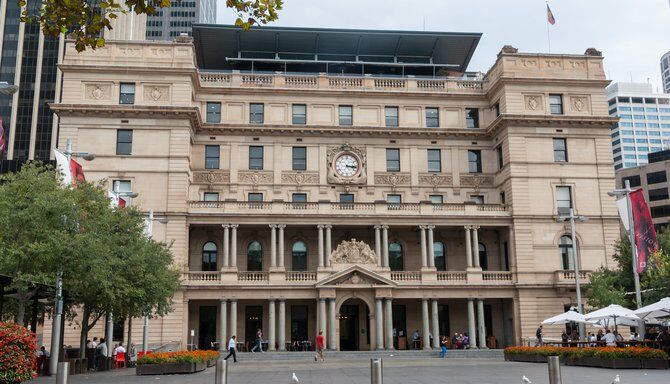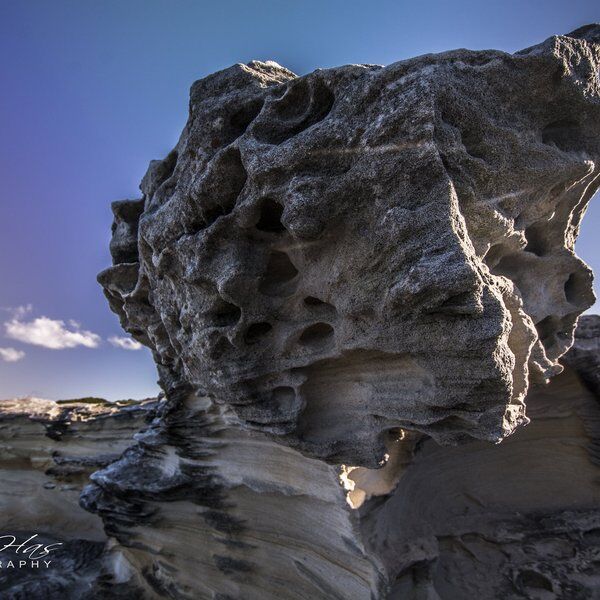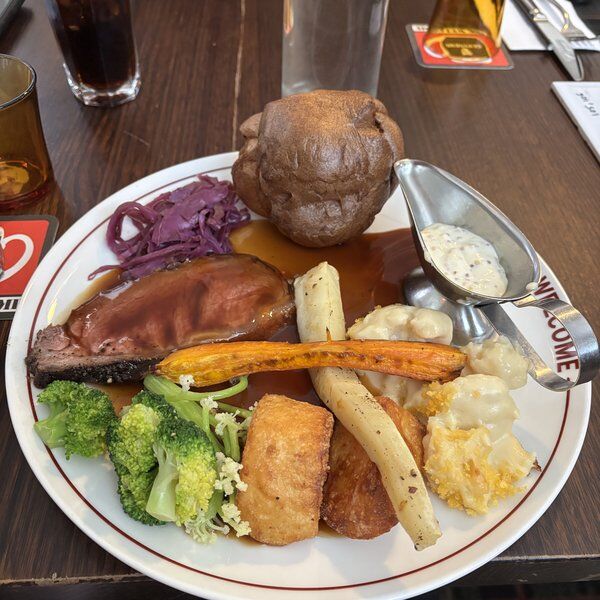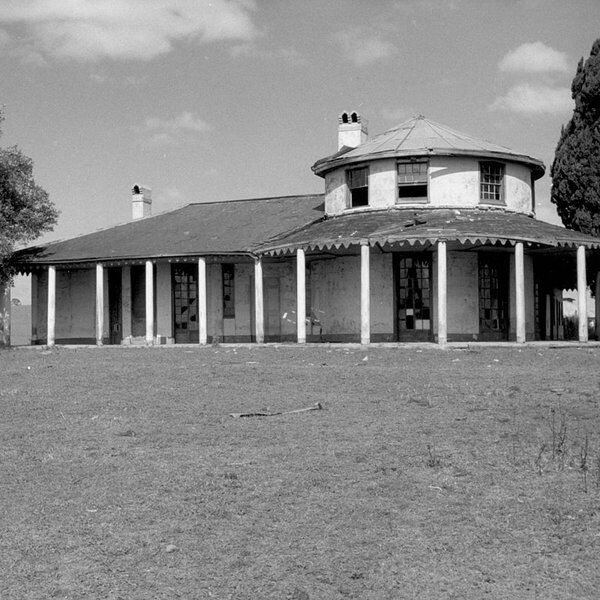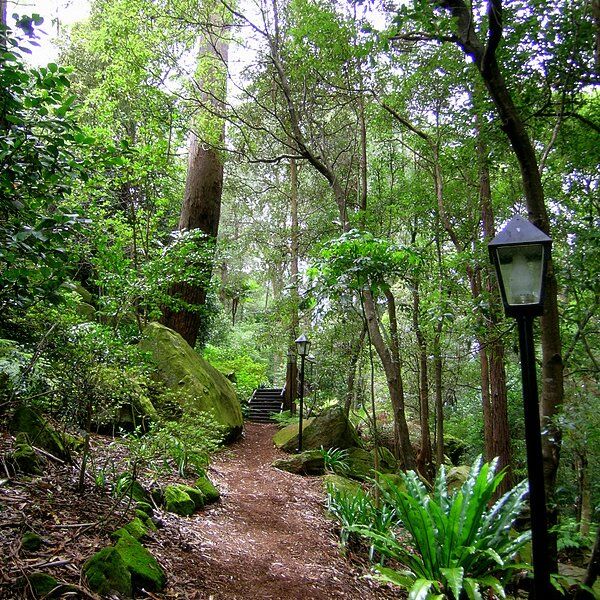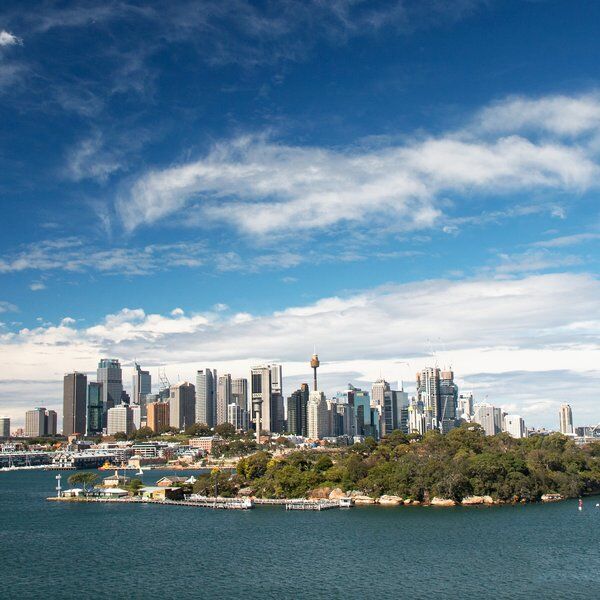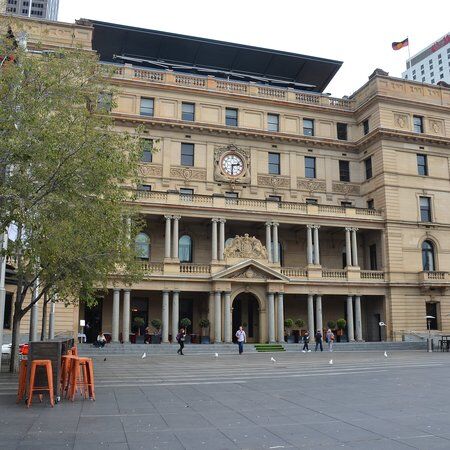
Discover the Significance of Customs House Sydney
Customs House, constructed in 1845, has been the primary trade gateway for goods and people entering Australia. For over 150 years, it played a crucial role in Sydney's maritime commerce. The building's location in Gadigal Country is also significant. This is a site of profound importance to the Indigenous Eora Nation, who have lived and traded around Sydney Harbour for thousands of generations. Today, the Aboriginal flag flies permanently from Customs House, acknowledging its traditional custodians.
Located at Circular Quay, Customs House also marks the site of the First Fleet landing in 1788; the beginning of European settlement in Australia. The location has been occupied ever since, initially housing the first Customs House built in 1800.
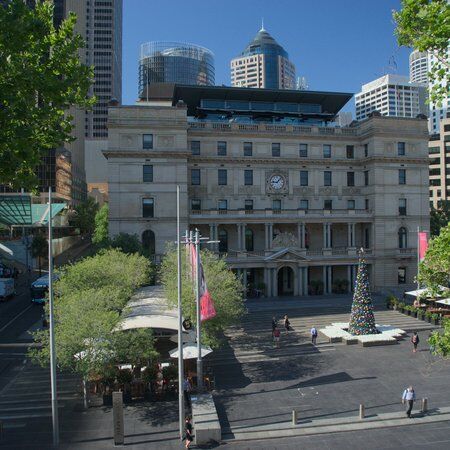
Creating Customs House
Initial Construction: Mortimer Lewis (1843-1845)
Customs House began as a two-storey Georgian structure designed by Mortimer Lewis and overseen by Governor Sir George Gipps. It featured 13 large windows so maritime activity in the Sydney Cove could be easily monitored. The building was made from a combination of wood, steel, and reinforced concrete. It had a pitched roof, finished with Australian-made Marseilles tiles, and box gutters around the perimeter.
Colonel John George Nathaniel Gibbes, the Collector of Customs for New South Wales from 1834 to 1859 was the driving force behind the building's construction. Gibbs closely monitored its progress from his residence at Kirribilli Point and was crucial in the building’s construction, which began in 1844 and was completed in 1885. Gibbs' vision was to address the colony's growing maritime trade needs and provide employment during an economic depression.
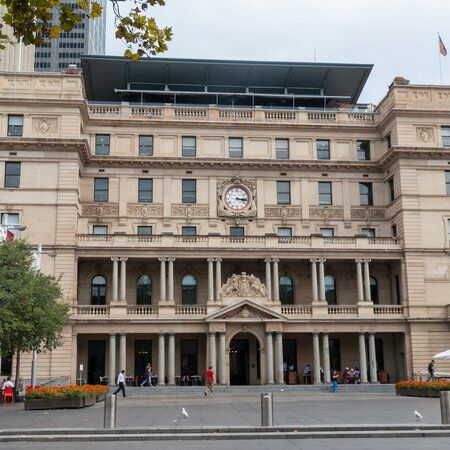
Expansions: James Barnet (1885-1887)
Customs House was designed to manage imports and exports, excise on local goods, immigration control, and regulation of narcotic substances and morally dubious materials. As maritime trade increased, so did the need for more space. Between 1883 and 1889, two new wings were added to the building under the supervision of government architect, James Barnet. They would house the Shipping Office and Maritime Board.
Barnet's work involved partially dismantling the original structure and rebuilding it to three storeys, with new side wings forming a U-shape. He also added a grand portico entrance, double-pillared colonnade, wrought-iron panels, and clean, majestic lines that reflected the building’s rightful grandeur.
Expansions: Walter Liberty Vernon (1896-1903)
With the approach of Federation, Customs House underwent further expansions. Walter Liberty Vernon, another distinguished government architect, oversaw this work from 1896 to 1903. Vernon's alterations included the addition of two new floors and a wing in the rear courtyard, transforming the building into an E-shape. It also featured a colonnaded balcony and French neoclassical decorations.
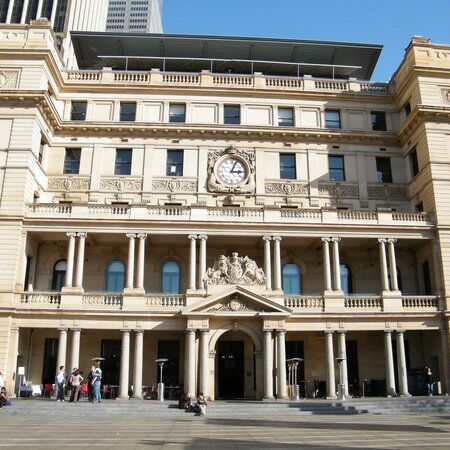
World War I Modifications: George Oakeshott (1915-1917)
During World War I, architect George Oakeshott introduced additional floorspace and a lift, and redesigned the foyer, between 1915 and 1917. Oakeshott replaced the enclosed area within the U-shaped structure with a framed core, creating a large open space on the ground floor and a lightwell. He also added a sixth floor for caretakers' quarters.
One stand-out feature from this period is the terrazzo floor in the foyer, inlaid with 16 black swastikas. Selected as classical ornamentation, these symbols were common in financial and retail buildings of the era. The swastikas, originally representing peace and prosperity in various cultures, were later covered during World War II due to their association with the Nazi party. They were uncovered during the 1990s refurbishment, prompting the City of Sydney to interpret these motifs for contemporary audiences.
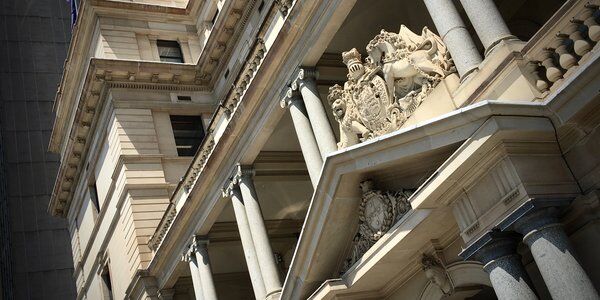
Late 20th Century (1925-1997)
Between 1925 and 1990, various additions were made by the Commonwealth Department of Works. For over a century, Customs House functioned as the head office for the Department of Trade and Customs and its successors until 1988. In 1990, customs operations were moved to a new location and the Australian Government transferred ownership of Customs House to the City of Sydney Council in 1994.
The building was then repurposed as a combined commercial, performance, tourism, and museum space, following a refurbishment in 1996-97. A further refurbishment in 1999 transformed Customs House into a "tourism gateway" for the 2000 Summer Olympics, housing galleries, a museum, bars, cafes, and a restaurant.
Following a major refurbishment in 2003, Customs House came to house the City of Sydney Library, which moved from the Town Hall and now has a collection of over 400,000 items spread across three floors. The building also hosts various exhibits, private functions, and serves as a performance venue.
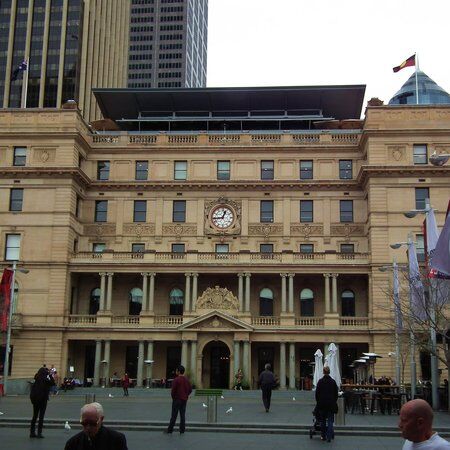
Customs House Heritage Listing
On 2 April 1999, Customs House was listed on the New South Wales State Heritage Register and the Commonwealth Heritage List on 22 June 2004. The building is noted for its embodiment of the work of four distinguished architects—Mortimer Lewis, James Barnet, Walter Liberty Vernon, and George Oakeshott.
Visiting Customs House Sydney
Customs House Visitor Information Centre is the only accredited visitor information center in the Sydney CBD, making it an essential first stop for all visitors to Sydney. Open from Monday to Friday 8:00 am until 12:00 am, 10:00 am until 12:00 am on Saturdays, and 11:00 am until 05:00 pm on Sundays it is always there for your Sydney queries.
Conveniently located in Circular Quay, Customs House is also easily accessible via public transportation, with the nearest station being Circular Quay, just a one-minute walk away. Visitors can exit any train or ferry at Circular Quay and cross the street to reach Customs House. Outside the building keep an eye out for the ghost of convict David O'Connor, hanged there in 1790, as folklore claims he still haunts the premises, offering rum to passersby.
Once at Customs House, the building has a step-free main entrance with ramps or slopes, accessible toilets, wheelchair-accessible parking spaces with clear signage, and spacious lifts with buttons at accessible heights. These accessibility features ensure that all visitors feel welcome.
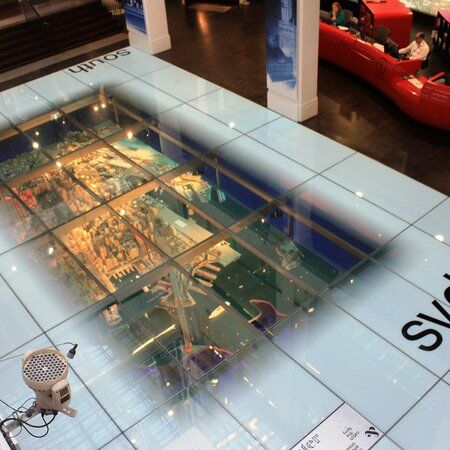
Attractions and Events
Inside Customs House, the ground floor features a 4.2 by 9.5-meter scale model of Sydney’s Central Business District, viewed through a glass floor. This model is especially engaging for children and has free entry. Visitors can also find intriguing details such as swastikas in the lobby tiling, accompanied by a plaque explaining their symbolism.
The building is also home to a branch of the City of Sydney public library, with a multicultural collection of over 50,000 items, and provides areas for study, meetings, and relaxing. Customs Square, part of this heritage site, symbolizes the original tidal zone when the First Fleet arrived, offering a rich historical context for visitors.
Customs House is a hub for exhibitions and events. The forecourt, measuring 10 by 20 meters, serves as an outdoor piazza that hosts these events. Its program includes photography competitions and historical displays. For instance, the "Developing Sydney: On the Cusp of Change 1901" exhibition features photographs from the Sydney Municipal Council. Additionally, the City of Forking Paths installation offers a twilight video walk from Customs House through The Rocks, experienced on a mobile device.
Dining at Customs House
Customs House offers a variety of dining options. On the main level and in Customs Square, visitors can enjoy meals and drinks at Quay Bar, a Parisian-style bistro, or Young Alfred Restaurant. The rooftop houses Cafe Sydney, one of the city's most iconic dining destinations, known for its excellent food, Australian wine list, and stunning views of Harbor Bridge and the Sydney Opera House.

Explore Nearby Customs House with CityDays
Customs House is close to several major Sydney attractions, including the Justice and Police Museum, Royal Botanic Gardens, Government House, and The Rocks.
If you want to discover the CBD in a more comprehensive way—with rest stops at cafes and bars along the way—why not embark on a CityDays Scavenger Hunt in Sydney, and in particular our Secrets of the CBD Hunt?
Scavenger Hunt tours are a great way to bring family and friends—or even dates—together for an afternoon of great fun and adventure, solving clues and snapping photos. Clues will lead you to the big sights and those that you'd walk straight past.
Our Secrets of the CBD Hunt is the perfect way to experience the city, and culminates at the historic Rocks.
For more information about our San Francisco Scavenger Hunts then click here: Top 6 Immersive San Francisco Scavenger Hunts & Treasure Hunts | CityDays.
